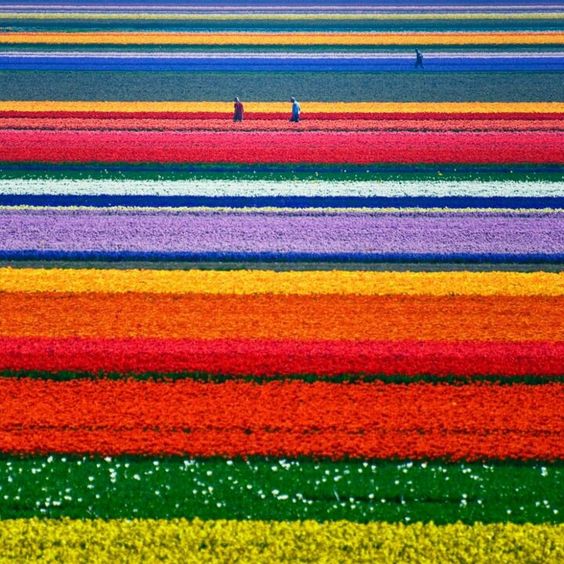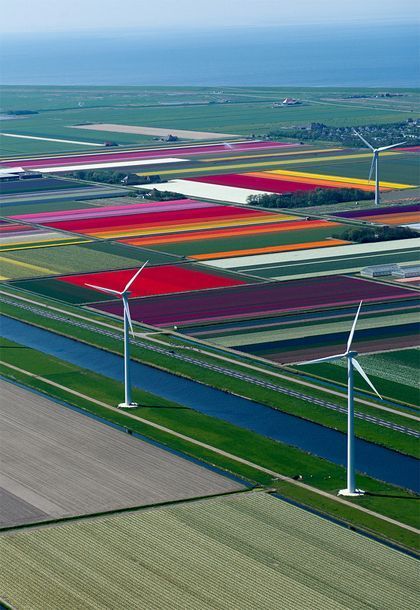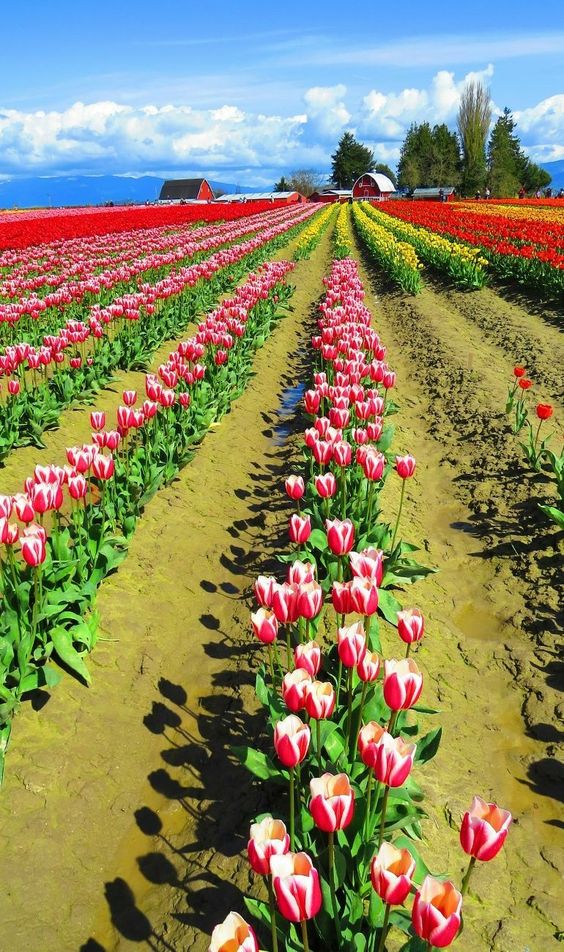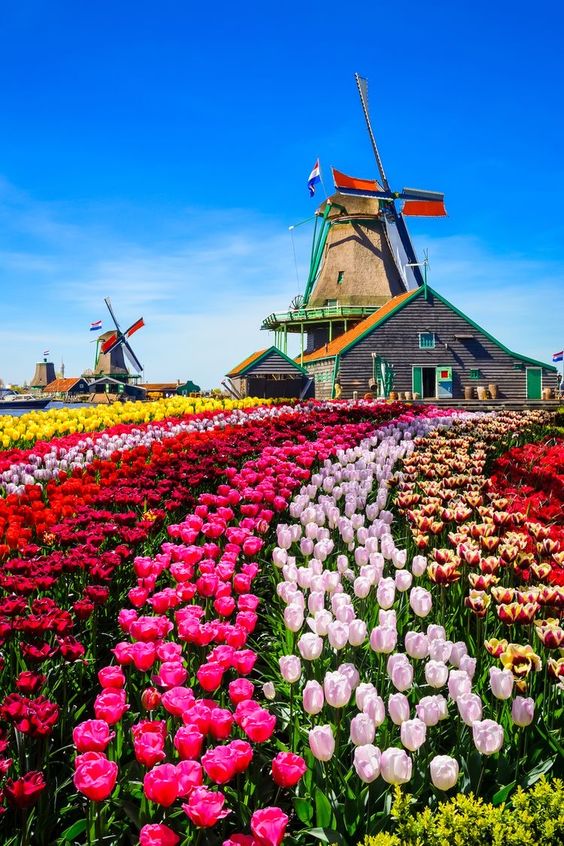The tulip fields in the Netherlands are considered as the symbol of the country and one of the most attractive tourist destinations in the world. Every spring, these fields turn into a colorful carpet, attracting millions of visitors from all over the globe.

The Dutch have been cultivating tulips for more than 400 years. In the 16th century, tulips were introduced to the Netherlands from the Ottoman Empire and became a status symbol for wealthy merchants. The Dutch passion for tulips led to the creation of the famous tulip trade, which peaked in the 17th century. During this time, tulip bulbs were traded for astronomical prices and were considered a form of currency.

Nowadays, the Netherlands is the largest producer of tulips in the world, and visitors can enjoy the sight of millions of tulips blooming in the fields from mid-March to mid-May. The most famous tulip fields are located in the Bollenstreek area, which stretches from Haarlem to Leiden. This region is known as the “bulb district,” and it is home to some of the most beautiful and extensive tulip fields in the country.

In addition to the Bollenstreek, there are many other places in the Netherlands where visitors can enjoy the beauty of the tulip fields. Keukenhof, also known as the “Garden of Europe,” is the largest flower garden in the world and attracts millions of visitors each year. This park features more than seven million tulips, daffodils, and hyacinths, as well as other beautiful flowers and sculptures.

Visitors can also explore the Dutch countryside on a bike tour or by car and discover hidden gems such as the small village of Lisse, which is home to the Keukenhof Castle and the beautiful De Nachtegaal windmill.






